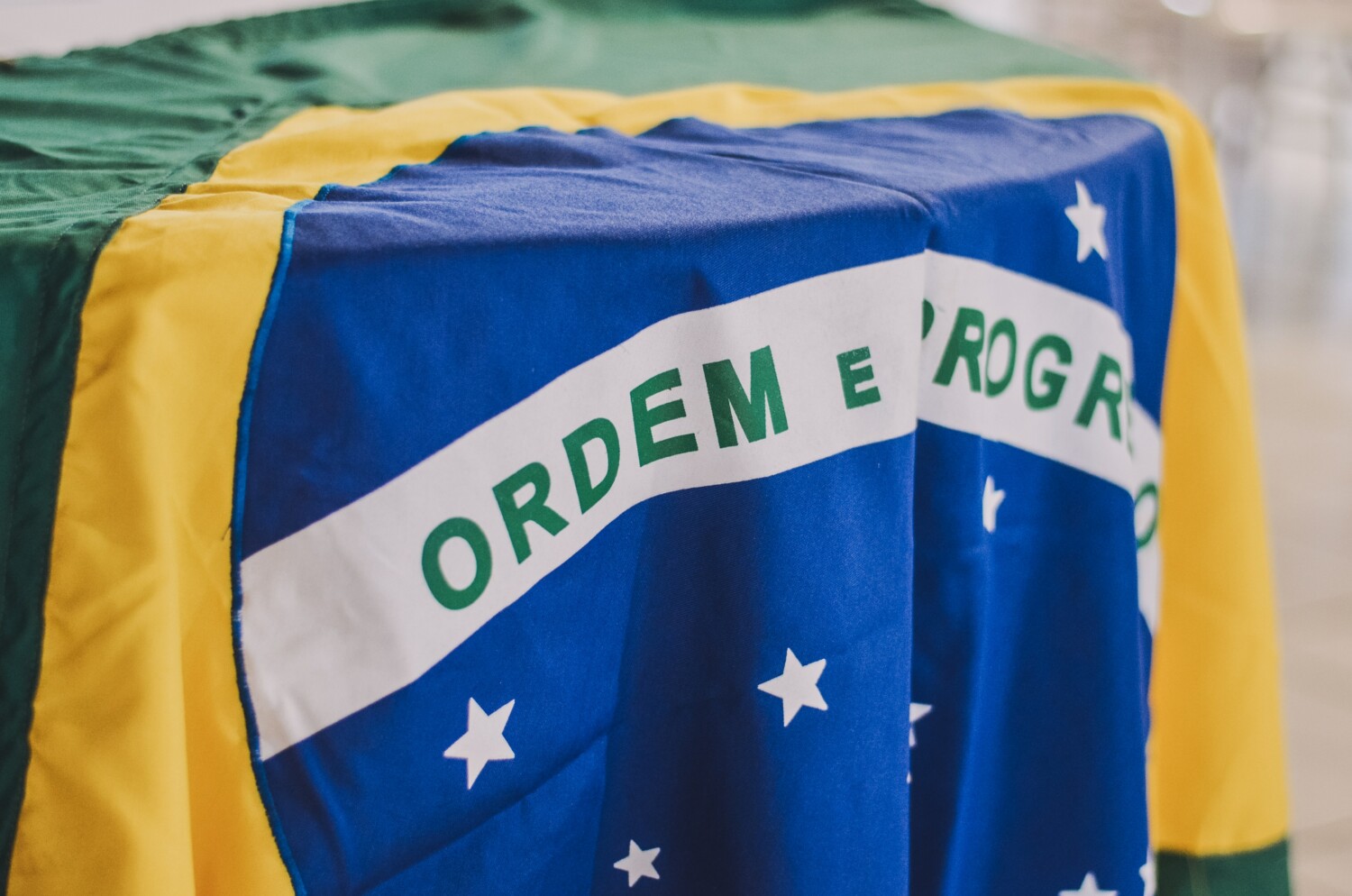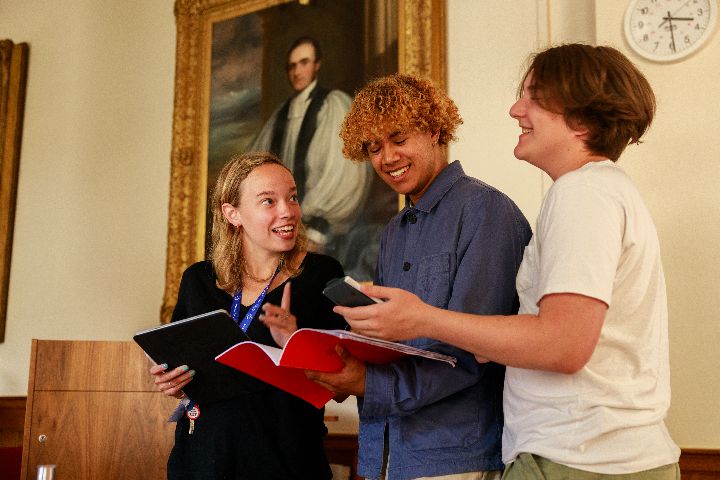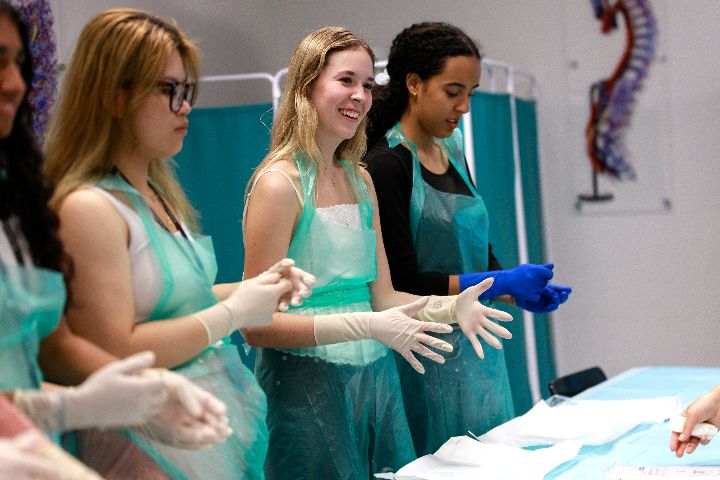Home › Essay Competition › Essay Competition Winners › 2024 Winning Essay – Luiza C
2024 Winning Essay – Luiza C

Table of Contents
Luiza C, 100% Scholarship Winner
How Did the Scientific Thought of Eugenics Develop in Brazil?
Brazil’s 1934 Constitution (Article 138) determined that eugenics education should be promoted by the union, states, and cities. This exemplifies the Cultural History of Science, a study which recognizes that, when scientific ideas cross cultural boundaries, they undergo reconfigurations, creating new traditions and practices. Considering this, eugenics in Brazil can help us understand how Brazilian and Latin American science not only relates to international scientific endeavours but also asserts distinct identities.
Eugenics movements trace their origins back to ancient Greece, where philosophers Plato and Aristotle explored methods of preserving desirable qualities among Athenians. In the 19th century, however, Darwin’s theory of evolution and Mendel’s laws of genetics influenced Francis Galton to coin ‘eugenics’ from the Greek ‘well-born’. Galton applied natural selection to humans to rationalise prejudices against marginalised groups of the time. Through the mid-20th century, countries like Sweden, Japan, the United States, and Brazil embraced his ideas.
As the largest nation in Latin America, Brazil led the initiation of an eugenics movement in the region. The country had undergone profound changes: it abolished slavery in 1888 and established its first republic in 1889. These advances brought both opportunities and challenges as urbanisation gave rise to metropolises and their issues of poverty, dirtiness, and disease. Although modern biology was not a topic of Brazilian research, eugenics emerged with a thesis by physician Miguel Couto, who regarded Japanese immigration as a problem. Thereafter, the movement evolved among medical professors, sociologists, and politicians.
The Brazilian elite viewed eugenics as a symbol of modernity for their developing nation. Different from Europe, they believed that by addressing the hereditary problem, they would also tackle the sanitary issues and elevate Brazil’s global standing. Their goal was a nation of white people. A vision contrary to the country’s reality of a 17 million population primarily composed of mestizos (mixed), blacks, and indigenous inhabitants. João Batista de Lacerda, the Brazilian representative in the First Universal Races Congress, proposed a solution, “whitening”. According to him, after a century of miscegenation, there would be no black people in Brazil because the “white blood” could dilute the “black blood”. Hence, the evolution of the Brazilian population was a process open to social control.
In 1929, the Brazilian Eugenics Congress in Rio de Janeiro illustrated the popularity of eugenics among scientists in the country. Intellectuals debated eugenics’ role in immigration, education, genetics, and marriage. The participants were divided into two groups: those who advocated invasive actions and the hygienists. The first group defended involuntary sterilisations and selective immigration, whilst the second group emphasised public health, suggesting measures such as mandatory prenatal and prenuptial tests. Following the congress, eugenicists Renato Kehl and Roquette Pinto established a commission to influence national laws, thus the 1934 Constitution.
After World War II, eugenics fell into disrepute due to its associations with the Holocaust. During this period, genetic studies proved that the concept of race is not scientifically accurate, leaving eugenicists with no credibility in the scientific community. Nonetheless, eugenic practices continued for decades and are still present in our societies. The fact that it was once considered a biology subject is a reminder that science can be biased when misapplied to justify social concerns, as seen in Brazil. Scientists will always be social, but their questions should never overpass human rights of liberty and dignity.
References
Constituição da República dos Estados Unidos do Brasil, Imprensa Nacional, 1934, Article 138-B
J. Pimentel, “¿Qué es la historia cultural de la ciencia?”, Arbor: Ciencia, Pensamiento y Cultura 186:743 (2010): 423, https://www.researchgate.net/publication/43530825_Que_es_la_historia_cultural_de_la_ciencia, (last accessed 25 August 2023).
The movement that inspired the Holocaust – Alexandra Minna and Natalie Lira [online video], TED-Ed, 10 March 2022, https://youtu.be/6zCpRVP1DgQ?si=-ivSuJuISZfhbfzy, (last accessed 3 August 2023).
M. B. Adams et al., The Wellborn Science: Eugenics in Germany, France, Brazil, and Russia, Oxford, Oxford University Press, 1990, p. 111-115.
L. Schwarcz, “Previsões são sempre traiçoeiras: João Baptista de Lacerda e seu Brasil branco”, História, Ciências, Saúde – Manguinhos 18:1 (2011): 226, https://www.scielo.br/j/hcsm/a/wRVg8H99n65JLwhF9BMbHpF/?format=pdf&lang=pt, (last accessed 17 August 2023).
L. Tamano, “O primeiro Congresso Brasileiro de Eugenia (1929): as discussões em torno da eugenia no Brasil”, Tempo 28:3 (2022): 46, https://www.scielo.br/j/tem/a/DcvvfyG5x3B8wwJpgfm38jd/?format=pdf&lang=pt, (last accessed 9 August 2023).
P. K. Wilson, “Eugenics”, Encyclopædia Britannica [website], 2023, https://www.britannica.com/science/eugenics-genetics, (last accessed 30 August 2023).
Adams, M. B. et al., The Wellborn Science: Eugenics in Germany, France, Brazil, and Russia, Oxford, Oxford University Press, 1990. Cotrim, A., A eugenia em Miguel Couto, Undergraduate Thesis, Rio de Janeiro, Fundação Getúlio Vargas, 2012, https://www.academia.edu/44396365/A_Eugenia_em_Miguel_Couto, (last accessed 10 August 2023).
Galton, D. J., “Greek theories on eugenics”, Journal of Medical Ethics 24:4 (1998): 263-267, https://www.ncbi.nlm.nih.gov/pmc/articles/PMC1377679/, (last accessed 8 August 2023).
Pimentel, J., “¿Qué es la historia cultural de la ciencia?”, Arbor: Ciencia, Pensamiento y Cultura 186:743 (2010): 417-424, https://www.researchgate.net/publication/43530825_Que_es_la_historia_cultural_de_la_ciencia, (last accessed 25 August 2023).
Schwarcz, L., “Previsões são sempre traiçoeiras: João Baptista de Lacerda e seu Brasil branco”, História, Ciências, Saúde – Manguinhos, 18:1 (2011): 225-242, https://www.scielo.br/j/hcsm/a/wRVg8H99n65JLwhF9BMbHpF/?format=pdf&lang=pt, (last accessed 17 August 2023).
Senkevics, A., “A cor e a raça nos censos demográficos nacionais”, UFJF [website], 2015, https://www.ufjf.br/ladem/2015/11/20/a-cor-e-a-raca-nos-censos-demograficos-nacionais-por-adrianosenkevics/, (last accesed 17 August 2023).
Tamano, L., “O primeiro Congresso Brasileiro de Eugenia (1929): as discussões em torno da eugenia no Brasil”, Tempo 28:3 (2022): 31-55, https://www.scielo.br/j/tem/a/DcvvfyG5x3B8wwJpgfm38jd/?format=pdf&lang=pt, (last accessed 9 August 2023).
Wilson, P. K., “Eugenics”, Encyclopædia Britannica [website], 2023, https://www.britannica.com/science/eugenics-genetics, (last accessed 30 August 2023).
Constituição da República dos Estados Unidos do Brasil, Imprensa Nacional, 1934, Article 138-B. The movement that inspired the Holocaust – Alexandra Minna and Natalie Lira [online video], TED-Ed, 10 March 2022, https://youtu.be/6zCpRVP1DgQ?si=-ivSuJuISZfhbfzy, (last accessed 3 August 2023)
Why Apply To The Immerse Education Essay Competition?
Are you a highly motivated student aged 13-18? Have you ever wanted to experience studying in Cambridge or Oxford?
The Immerse Education essay competition allows you the chance to submit an essay for the chance to be awarded a scholarship to the award-winning Cambridge summer school.
How To Apply To The Immerse Education Essay Competition?
The Immerse Education annual essay competition is a once-in-a-lifetime opportunity to win a scholarship to a Cambridge or Oxford summer school.
If you’re aged 13-18 and you’re interested in applying to the Immerse Education essay competition then please visit our essay competition page for more details.
Subscribe to the Immerse Education newsletter for £100 off your programme*
We will send you updates and the latest news about our company. Sign up for free by filling out the form.




 Русский (RU)
Русский (RU) Українська (UK)
Українська (UK) Türkçe (TR)
Türkçe (TR) Italiano (IT)
Italiano (IT) Français (FR)
Français (FR) Português (PT)
Português (PT) 中文 (中国) (ZH)
中文 (中国) (ZH) Español (ES)
Español (ES) 日本語 (JA)
日本語 (JA) ไทย (TH)
ไทย (TH) Deutsch (DE)
Deutsch (DE) Ελληνικά (EL)
Ελληνικά (EL) Polski (PL)
Polski (PL) Bahasa Indonesia (ID)
Bahasa Indonesia (ID) Nederlands (NL)
Nederlands (NL) العربية (AR)
العربية (AR) 한국어 (KO)
한국어 (KO)
